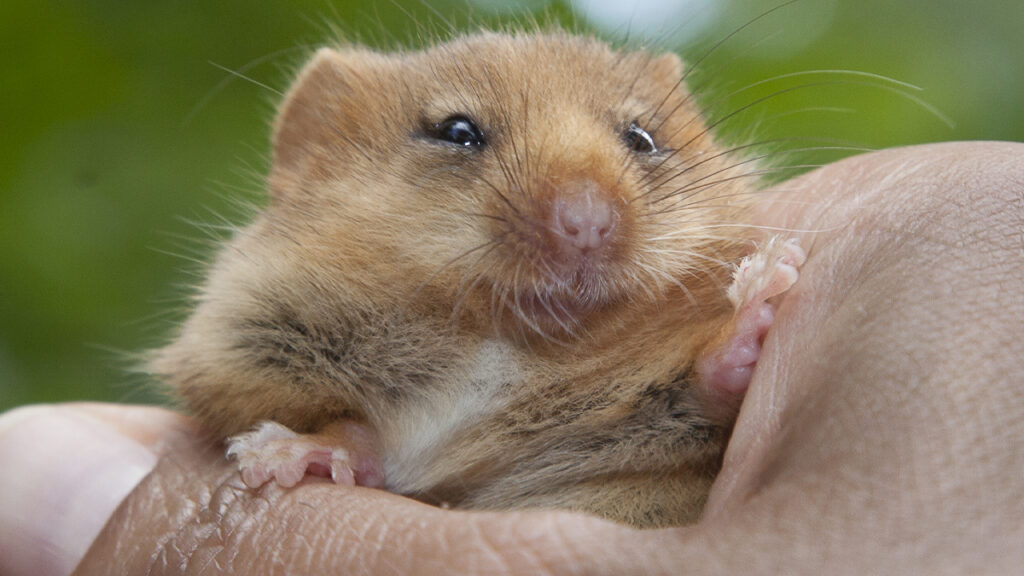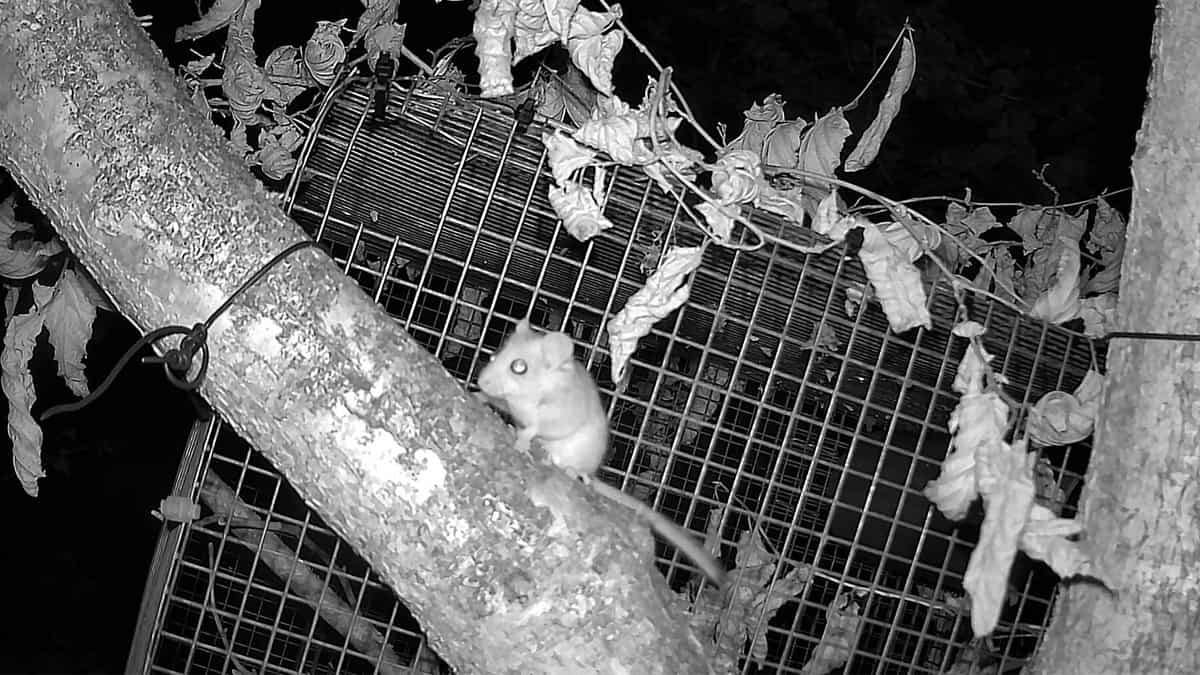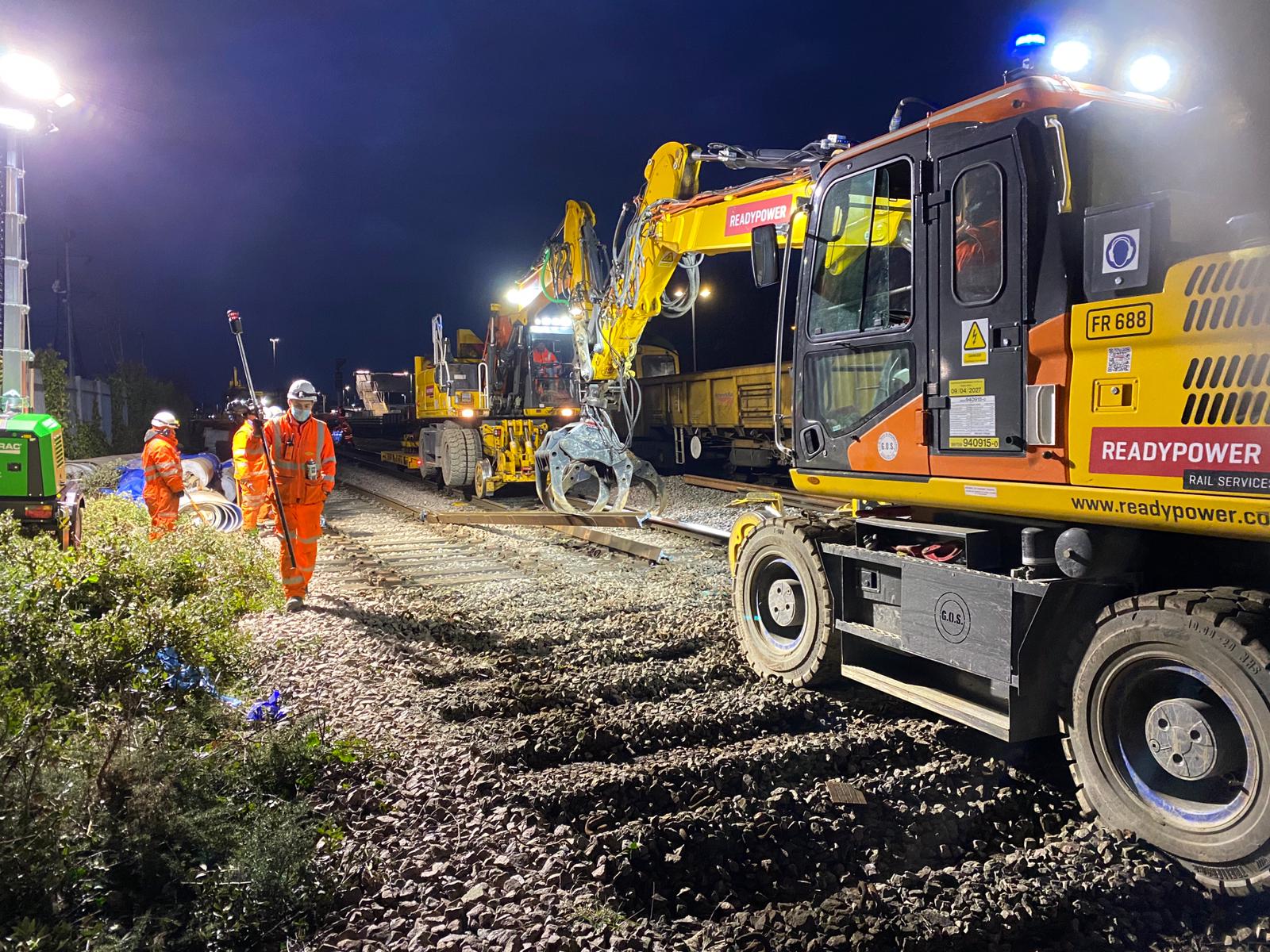Our railway is home to a variety of plant and animals, including the rare and elusive dormice. Find out how we’re using innovative methods to help our small and furry neighbours.
Hazel dormice are known to live along the edge of certain stretches of railway, mainly in south England and along the Welsh border. The population of the hazel dormice has declined by over two-thirds since 2000, according to the People’s Trust for Endangered Species (PTES), a wildlife charity that works to conserve dormice and other species.
Monitoring dormice
Ecology colleagues in our Southern region, which runs from Devon to Kent, have worked with Zoological Society of London and tech company Google to help combat this issue.
Together, we’ve looked into innovative ways to monitor dormice species on our land near the railway. This so-called lineside land sits on either side of the track and is often difficult to access.
Dr Neil Strong, a biodiversity strategy manager at Network Rail, said this land gave “wildlife corridors for species such as dormice, which would struggle to move between habitats otherwise”.

Using artificial intelligence
We put monitoring equipment in the woodland near Calke Abbey in Derbyshire in time for the PTES’ annual reintroduction of dormice here in June.
The equipment gathered images, videos and audio recordings and the data was stored and analysed on GoogleCloud. We’re now using it to develop artificial intelligence and machine learning patterns to identify dormouse presence remotely.
This could save us significant time and money compared with our alternative method of manually checking dormouse nest boxes throughout the season.
We’ve also put camera traps and audio sensors elsewhere in London and south east England. There’s a particular focus on a site near Cowden in Kent, which is known to harbour dormice.
Sustainability
Aline Gomes, an ecologist at Network Rail, explained the importance of this work: “Understanding the plant and animal life around our railway plays a big part in helping us manage our railway sustainably.
“The knowledge we are gaining is already improving the way we manage our land to benefit the different species that live along our railway, including dormice.”
You can learn more about how we look after wildlife around the railway here.




